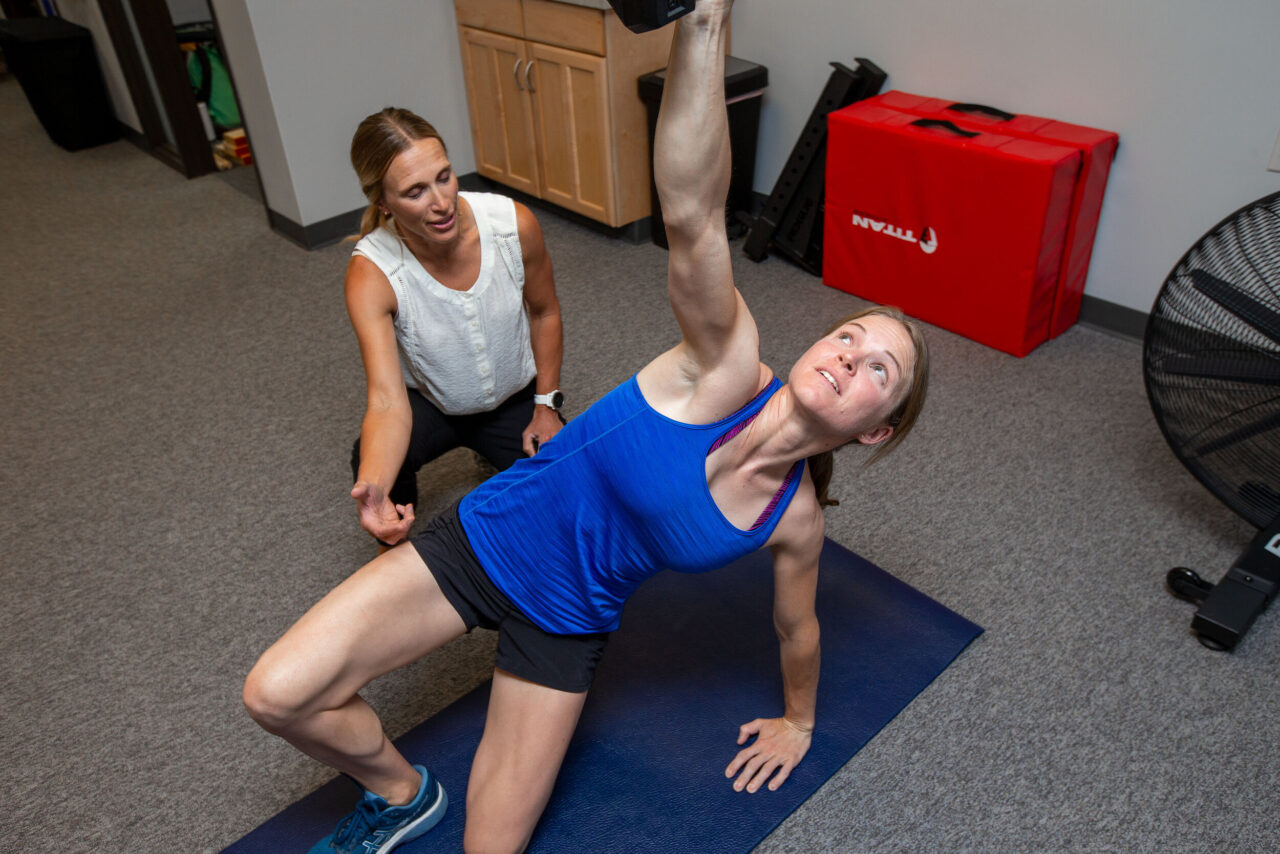Joint stiffness in the thoracic spine can be a significant contributor to neck, upper back, and shoulder pain in rock climbers. The high muscle demands and repetitive pulling down movement of climbing often leads to excessive thoracic kyphosis, internally rotated shoulders, and a forward head position. If left untreated this can lead to long term thoracic joint hypomobility and will require extensive mobility exercises to reverse.
The most common way to improve thoracic spine extension mobility for rock climbers is to arch your upper back over a foam roller or a bolster. Stretching over a foam roller is a good way to improve thoracic joint movement, but you can get more out of your mobility exercises by adding resistance and load.
Try these three exercises:
Lat pull-downs over foam roller: retrain your trunk to maintain a neutral thoracic position while performing a lat pull-down.
Loaded thoracic extensions: use a kettlebell or dumbbell to increase stretch of your thoracic spine over the foam roller.
Resisted Archers: focus on thoracic rotation while pulling against a cable or resistance band.
If you’re still having difficulty improving your thoracic spine mobility and you think it’s contributing to your pain, schedule with one of the experts at Mend. Research shows that manual therapy is a highly effective way to improve thoracic spine mobility when performed in combination with range of motion exercises.

